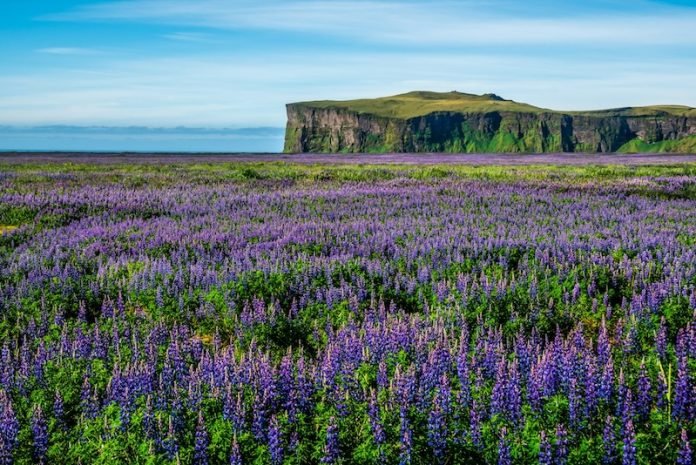
In a recent study focusing on Brazil’s Cerrado savanna, scientists have uncovered how global warming is creating winners and losers among plant species, with some able to move uphill to cooler conditions, while others face a dead end.
Published in the journal Diversity and Distributions, the research provides a closer look at how climate change could reshape this biodiversity hotspot by 2040.
The Cerrado, despite covering a mere 0.4% of the planet’s surface, boasts an astonishing diversity of flowering plants, rivalling even the Brazilian Amazon rainforest.
It’s a region where the consequences of a warming world are not just theoretical but are already setting the stage for significant ecological shifts.
The study, a collaborative effort by universities of Exeter, Campinas, the Royal Botanic Garden Edinburgh, and Trinity College Dublin, examined over 7,000 plant species to predict their fates in the face of rising temperatures.
According to Mateus Silva from the University of Exeter, the geographical range, or the area where a species can live and thrive, is shifting for many plants.
For species in the lowlands, moving uphill might offer a refuge, but for those already at higher elevations, options are limited. This dynamic suggests that lower elevation areas might soon become hotspots for local extinctions, while mountainous regions may see an influx of new plant combinations.
Using Species Distribution Models alongside fine-scale climate data, the researchers have painted a detailed picture of the Cerrado’s future. Their findings point towards a grim prognosis for about 150 plant species, which are predicted to suffer critical reductions in their range.
By 2040, roughly half of the Cerrado’s plant species are expected to see a net loss in range, with 68–73% of the region’s landscapes likely experiencing a decrease in species numbers.
The impacts of climate change will be felt across the Cerrado, with highland areas facing the most intense species turnover and lowlands likely seeing diminished plant diversity as some species fail to adapt to new conditions.
However, the study’s authors caution that their projections might be on the optimistic side, considering only the impacts of climate change and not accounting for direct human activities like agriculture and cattle grazing that have already transformed half of the Cerrado savanna.
The loss of habitat and fragmentation could further hinder species’ ability to migrate to more favorable conditions, exacerbating the effects of climate change.
The interactions between species, a complex web of relationships that underpins the Cerrado’s ecology, were outside the scope of this study but are also expected to influence outcomes as the climate continues to warm.
The researchers emphasize the urgent need for distinct conservation actions tailored to the unique environments of the Cerrado, from its lowlands to the highlands, which reach up to 1,200 meters above sea level.
As the planet warms, understanding and mitigating the impacts on ecosystems like the Cerrado is crucial for preserving the rich tapestry of life on Earth.
The research findings can be found in Diversity and Distributions.
Copyright © 2024 Knowridge Science Report. All rights reserved.



